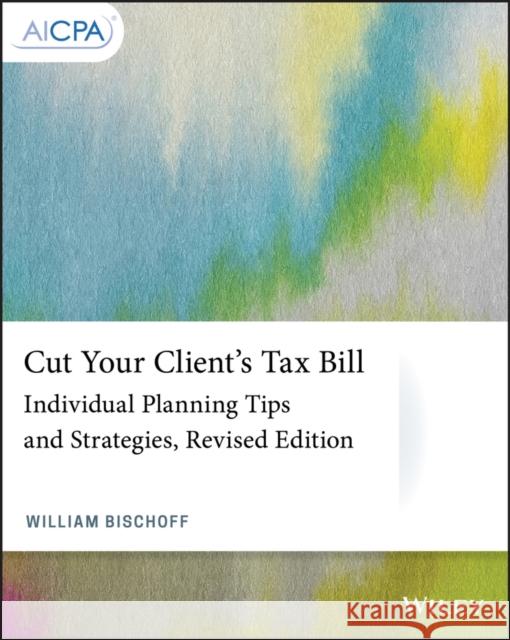Cut Your Client's Tax Bill: Individual Planning Tips and Strategies » książka
topmenu
Cut Your Client's Tax Bill: Individual Planning Tips and Strategies
ISBN-13: 9781119724537 / Angielski / Miękka / 2020 / 288 str.
Cut Your Client's Tax Bill: Individual Planning Tips and Strategies
ISBN-13: 9781119724537 / Angielski / Miękka / 2020 / 288 str.
cena 540,23 zł
(netto: 514,50 VAT: 5%)
Najniższa cena z 30 dni: 533,61 zł
(netto: 514,50 VAT: 5%)
Najniższa cena z 30 dni: 533,61 zł
Termin realizacji zamówienia:
ok. 30 dni roboczych
Bez gwarancji dostawy przed świętami
ok. 30 dni roboczych
Bez gwarancji dostawy przed świętami
Darmowa dostawa!
Kategorie:
Kategorie BISAC:
Wydawca:
Wiley
Seria wydawnicza:
Język:
Angielski
ISBN-13:
9781119724537
Rok wydania:
2020
Wydanie:
Revised
Numer serii:
000806701
Ilość stron:
288
Waga:
0.54 kg
Wymiary:
27.43 x 21.59 x 1.78
Oprawa:
Miękka
Wolumenów:
01
Dodatkowe informacje:
Glosariusz/słownik











